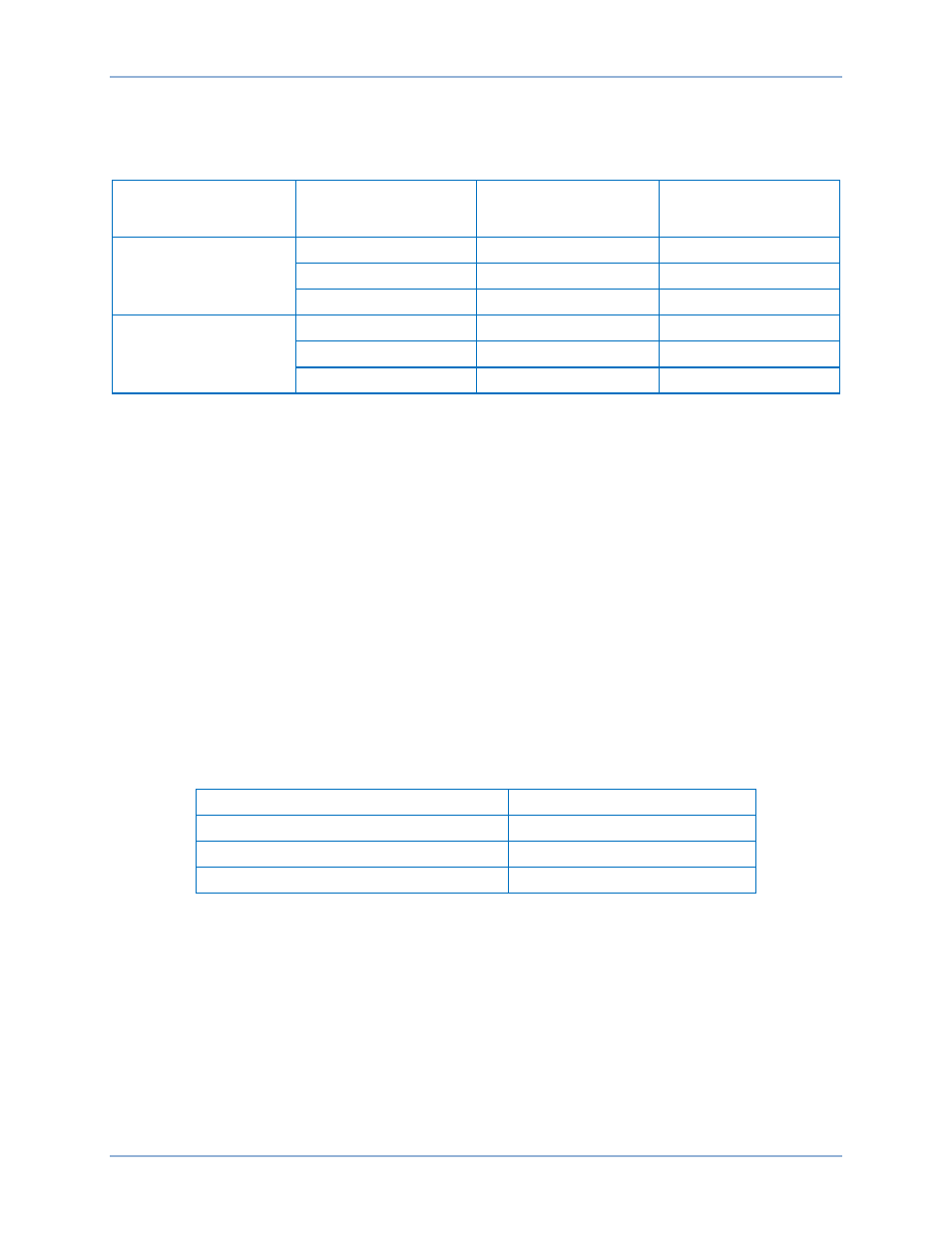Timing verification (3i0 mode) – Basler Electric BE1-11m User Manual
Page 354

342
9424200996 Rev L
Step 3: Use BESTCOMSPlus to open the Protection, Current, Instantaneous Overcurrent (50-1) screen
and send the low range test settings (minimum pickup setting) to the BE1-11m for your sensing
input type in Table 135.
Table 135. Pickup Test Settings (3I0 Mode)
Sensing Input Type
Range
Pickup Setting
Time Delay
5 A
Low
0.5 A
0 ms
Middle
5.0 A
0 ms
High
20.0 A
0 ms
1 A
Low
0.1 A
0 ms
Middle
1.0 A
0 ms
High
4.0 A
0 ms
Step 4: Prepare to monitor the 50-1 function operation. Operation can be verified by monitoring OUT2
Step 5: Connect a current source to terminals D1 and D2 (A-phase).
Step 6: Slowly increase the A-phase current until OUT2 closes and record the pickup. Verify that there
is a 50-1-Residual target on the front-panel display. Slowly decrease the applied current until
OUT2 opens and record the dropout.
Step 7: Repeat step 6 for the middle and high range pickup settings for your sensing input type. Record
the results.
Step 8: (Optional.) Repeat steps 1 through 7 for settings group 1, 2, and 3.
Step 9: (Optional.) Repeat steps 1 through 8 for 50-2, 50-3, 50-4, 50-5, and 50-6.
Step 10: (Optional.) Repeat steps 1 through 9 with CT Circuit 2 as the source for protection systems
equipped with two sets of CTs. In step 5, replace D1 with F1, D2 with F2, etc.
Timing Verification (3I0 Mode)
Step 1: Use BESTCOMSPlus to open the Protection, Current, Instantaneous Overcurrent (50-1) screen
and send the first row of test settings in Table 136 to the BE1-11m for settings group 0.
Table 136. Timing Test Settings (3I0 Mode)
Pickup Setting
Time Delay
0.5 A
2,000 ms
0.5 A
5,000 ms
0.5 A
10,000 ms
Step 2: Prepare to monitor the 50-1 timings. Timing accuracy is verified by measuring the elapsed time
between a sensing current change and OUT1 closing.
Step 3: Connect and apply 0.45 A to BE1-11m terminals D1 and D2 (A-phase).
Step 4: Step the A-phase current up to 0.55 A. Measure the time delay and record the result.
Step 5: Repeat step 4 for the 5,000 ms and 10,000 ms time delay settings of Table 136. Record the
results.
Step 6: (Optional.) Repeat steps 1 through 5 for settings group 1, 2, and 3.
Step 7: (Optional.) Repeat steps 1 through 6 for 50-2, 50-3, 50-4, 50-5, and 50-6.
Step 8: (Optional.) Repeat steps 1 through 7 with CT Circuit 2 as the source for protection systems
equipped with two sets of CTs. In step 5, replace D1 with F1, D2 with F2, etc.
Instantaneous Overcurrent (50) Test
BE1-11m